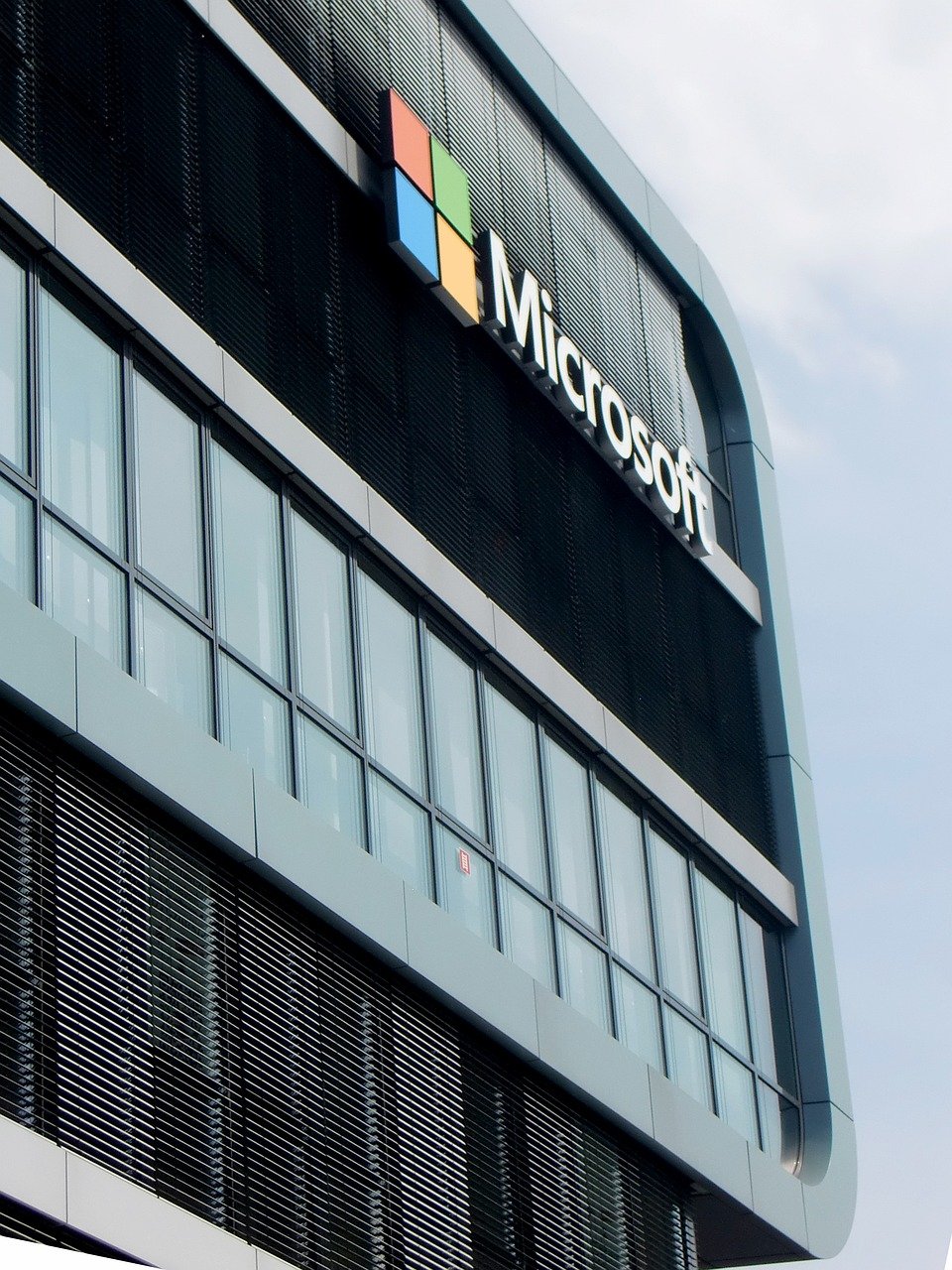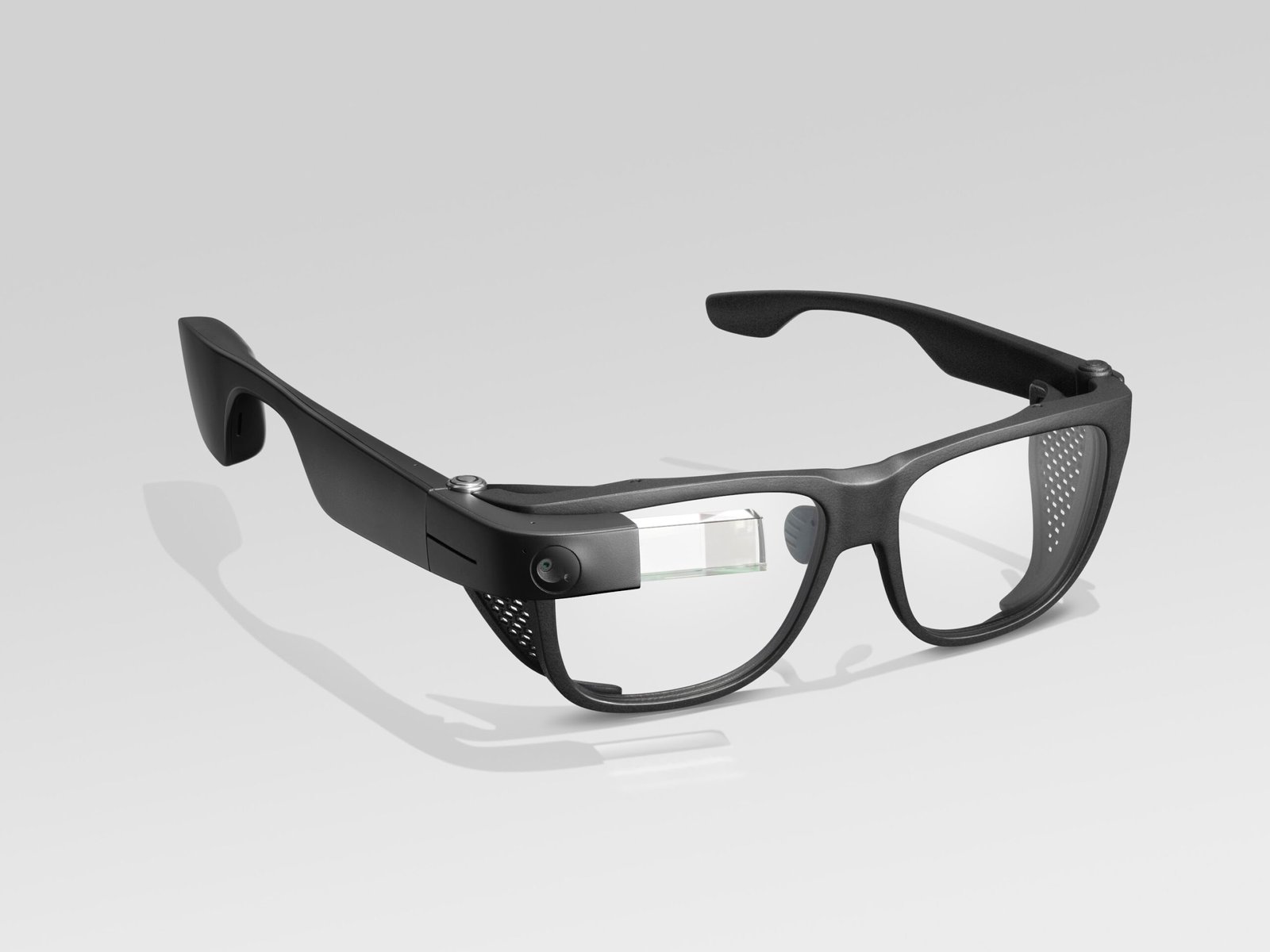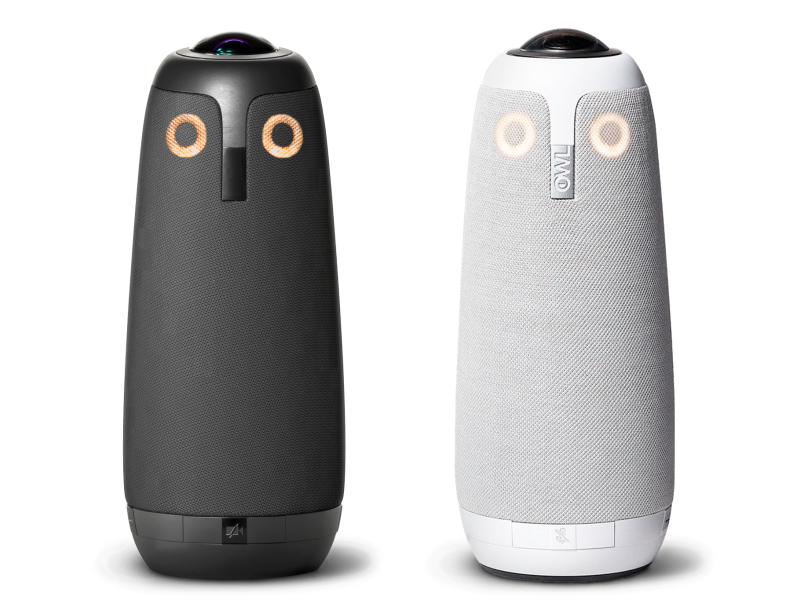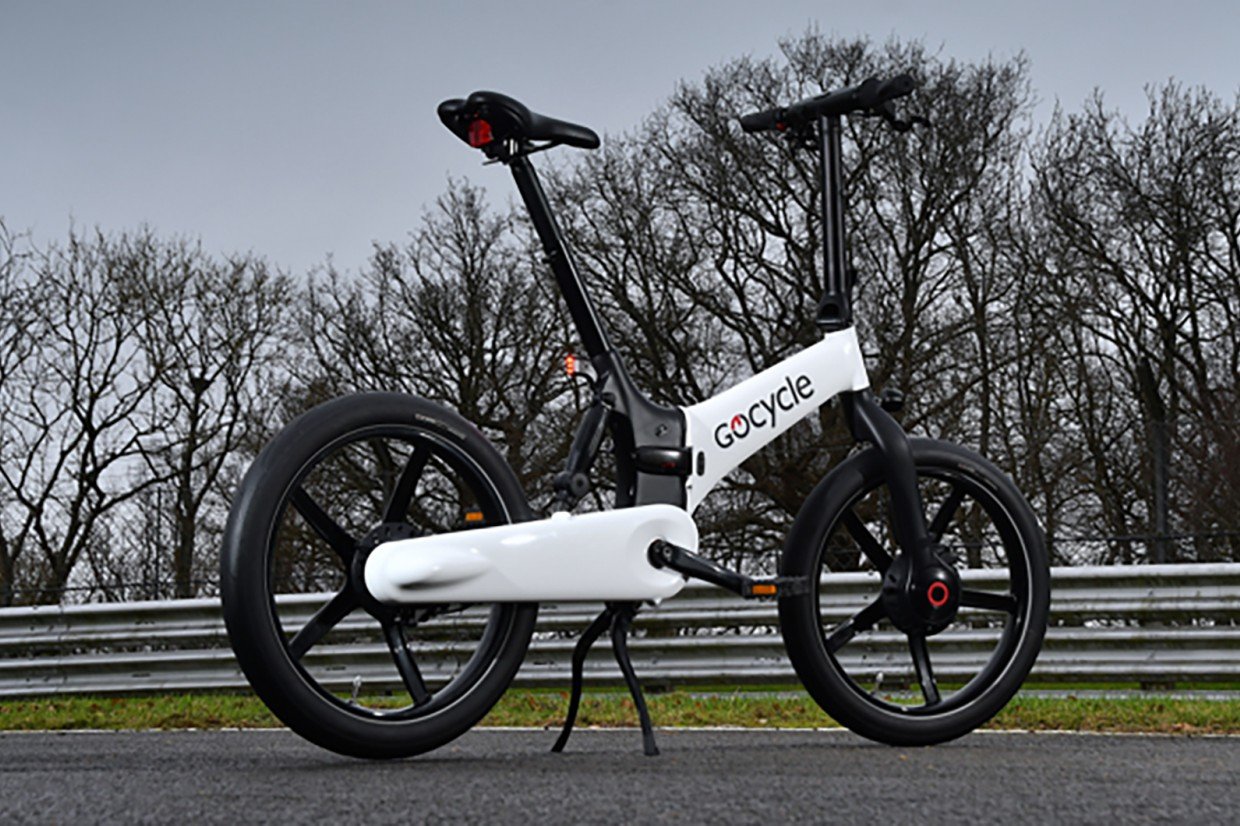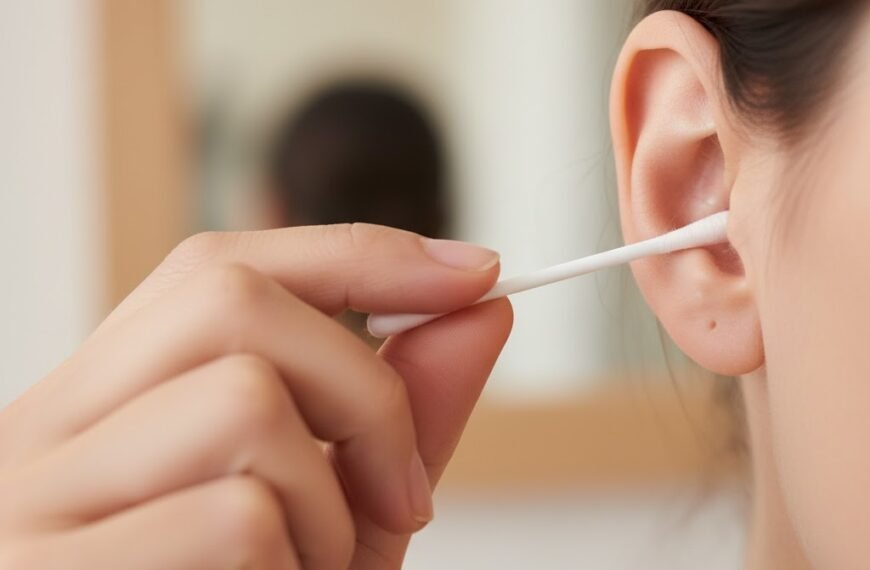Microsoft has unveiled a major breakthrough in quantum computing with its first quantum processor, the Majorana 1 chip. This innovation brings the potential to solve large-scale industrial problems by making quantum computing more reliable and scalable.
Quantum computers operate using qubits, which are much more complex than traditional computer bits. For years, companies like Microsoft, IBM, and Google have been working to create more stable qubits that can process information efficiently without errors. Microsoft has now introduced a new way to build qubits using a unique particle called Majorana, first theorized in 1937 by physicist Ettore Majorana.
Unlike other quantum processors that use electrons for computation, Majorana 1 utilizes a revolutionary topoconductor—a new type of material developed by Microsoft. This material allows researchers to observe and control Majorana particles, making qubits much more stable and reducing errors.
Microsoft’s research, now published in the prestigious journal Nature, highlights how the company has created a material using indium arsenide and aluminum. With this innovation, they have successfully placed eight topological qubits on a single chip, with the goal of scaling up to one million qubits on a chip similar in size to today’s desktop processors.
A million-qubit quantum computer could revolutionize medicine, material science, and industrial problem-solving. The ability to run advanced simulations will provide deeper insights into the natural world, leading to scientific breakthroughs that were previously impossible.
Microsoft believes that this is the next major step in the quantum journey, which has been 17 years in the making. Zulfi Alam, Corporate VP of Quantum at Microsoft, explains:
“This is not just a breakthrough; it’s real. It will redefine the future of quantum computing.”
DARPA’s Recognition & Next Steps
Microsoft’s achievement has caught the attention of DARPA (Defense Advanced Research Projects Agency). The company has been chosen as one of the two finalists for DARPA’s US2QC program to develop a fault-tolerant quantum computer.
According to Chetan Nayak, Microsoft Technical Fellow:
“A million-qubit quantum computer isn’t just a milestone—it’s a gateway to solving some of the world’s toughest problems.”
With its cutting-edge topological qubit technology, Microsoft is confident that it will deliver a scalable, fault-tolerant quantum computer in years, not decades.
The Future of Quantum Computing
Microsoft’s quantum computing team, made up of top researchers and scientists, has been working to create a transistor for the quantum age. Their approach combines precision, quality, and innovation in materials science to make quantum computing a reality.
With Majorana 1 paving the way, the future of computing is set for a transformation that could change industries forever.

